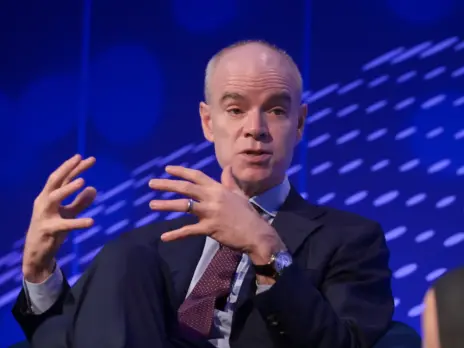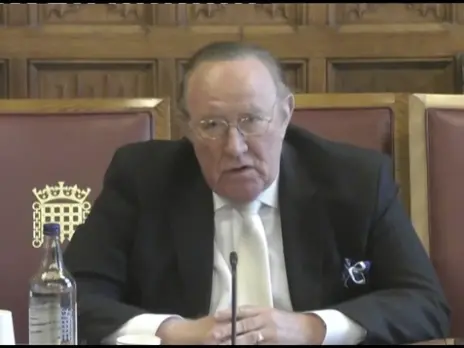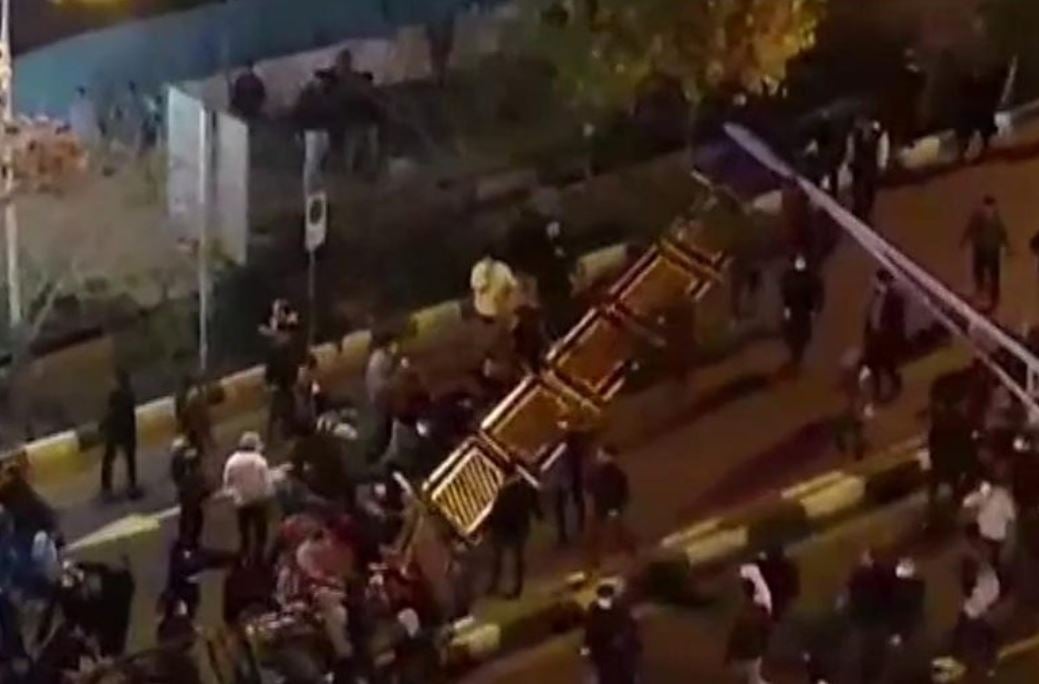
Fake news is a term which has become synonymous with Donald Trump and reporting around the last US election.
But telling fact from fiction has been perhaps a bigger challenge for reporters covering the secretive state of Iran and the mass protests which have taken place over the last week.
Gareth Browne, the British Journalism Awards new journalist of the year, returned from Beirut this week after covering the start of the Iran protests.
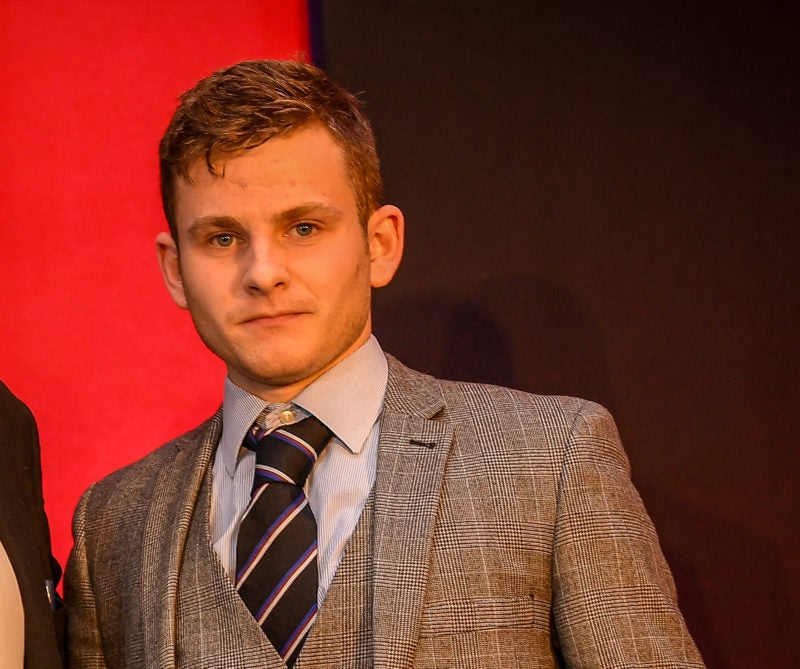
Gareth Browne
Talking about the challenge of covering the story (for outlets including The Times and Telegraph) he says: “It’s very difficult to know what’s fake. I’ve noticed with Iran, more so than any other news story that I can remember, there’s a lot of, and I hate the phrase, fake news. There are a lot of people putting old media, old videos, and old pictures out there to try and push their own agenda.”
The major challenge for most Western journalists is their inability to travel to Iran. Only a handful are currently believed to be reporting from inside the country.
He says: “It’s not an ideal situation… I’d love nothing more than to jump on a flight and go to Tehran and see for myself, but its impossible and you have to work with the situation you’ve got. The people I’m talking to I’ve known for years and I trust them. I think I’ve taken every possible precaution to avoid being duped in some way…
“You’re not going to get 100 per cent verification through any one channel, but if you have multiple cross references so if you compare what your man is saying on the ground compared to social media to what these analysts are saying then you start to build three or four points of reference. That starts to build validity.”
![]()
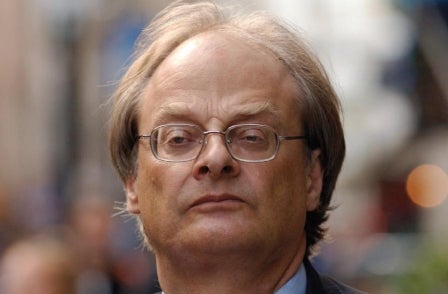
Independent correspondent Patrick Cockburn has reported on the Middle East for decades. He sees parallels between reporting in the Arab Spring and the recent Iranian upheavals.
He told Press Gazette: “Something quite basic, which was true for Syria and now Iran, is that people didn’t really know what was going on. The amount of eyewitness reporting was quite limited and you can see that currently in Iran. There are some publications like The New York Times who have a correspondent (Thomas Erdbrink) there, but you look at the other correspondents talking about Iran and they’re not even in the country.
“They’re often further afield in Istanbul or Dubai, or even London and Washington, and that’s pretty important. We saw that in Libya, Iraq and Syria. Commentators and reporters simply weren’t there and were reliant on second-hand sources and often-partisan sources.”
There are even difficulties for reporters in Tehran. Much of the unrest is decentralised. Many of the villages and towns involved in the protests are remote, so journalists are reliant on sources from the area.
Cockburn adds: “It’s also quite easy to manipulate. People talk about 2009 as the last big march. That’s largely true in Iran, but in 2011 there were some marches and protests as well and I was there. If you looked at Youtube you could see endless footage of unrest and demos in northern Tehran, but it was very difficult when I searched the city to actually find them, in fact I couldn’t.”
He recalls talking to Iranian journalists in 2011, who had seen their press credentials removed by the regime. When he asked if it was frustrating for them, he was surprised by the response.
They told him that editors of Western news outlets sometimes trusted the videos they were seeing on social media over reports from correspondents on the ground.
Cockburn said he was told: “It doesn’t make much difference because the editors of the news outlets for which we’re writing are influenced by Youtube videos which often come from partisan groups. If we say nothing much is happening, they think we’ve been intimidated or caught up by the authorities.”
He adds: “Opposition organisations usually have a quite sophisticated PR operation. Often these are funded by outside organisations or governments so exile groups can often pretend to be the people who are leading an uprising that really doesn’t have much to do with them.”
Talking about the Arab Spring uprising in Libya in 2011, which saw the overthrow of the Gaddafi regime he said: “In Benghazi in 2011 the rebels had a very sophisticated woman as their spokesperson. She would say: ‘If Gaddafi goes he’s going to be replaced by some pretty moderate people.’ But this woman was wholly unrepresentative, as we have seen since, of the rebels as a whole. I think that often skews the picture.”
Cockburn thinks there was a “romanticisation” of the protests during the Arab Spring uprisings across the Middle East which put Western governments under pressure to intervene.
“I think journalists often have a view of rebellion and uprising in the streets as a kind of French Revolution revisited. I think this was true in Syria, Libya and Egypt etc.”
He said that pressure for scoops and new information about a story which has huge interest can also create its own challenges.
“It’s not easy for journalists on the ground, if there’s some exciting story that has come out which you strongly believe but you can’t prove at that moment that it’s not a fabrication. Your news editors aren’t going to be impressed.”
A good example of this was a story he recalls from his time in Libya. News outlets reported on a woman claiming Gaddafi had ordered his soldiers to rape women in opposition areas. The Libyan women who approached the media claimed to have surveyed thousands of women and found over 200 reports of rape.
CNN and other news outlets interviewed the woman. Eventually Human Rights Watch, Amnesty International and the UN investigated the claims and found no evidence to support them. Cockburn said it turned out they were fabricated. By that time though, the story had dominated the news agenda for a few days. This came at a crucial time in the conflict and convinced many in the West of the need for intervention.
Cockburn acknowledges that false news and propaganda around the reporting of war and protests is nothing new, but says the scale of the disinformation because of social media is far greater and journalists need to be savvy.
“Often it’s not the reporters on the ground who are at fault it’s the editors back in New York or London. They say: ‘Well that’s a pretty exciting story let’s go with it and everybody else is going to go with it so should we be the only ones to be squeamish and not go with it?’ They can always put something at the bottom saying they can’t vouch for the credibility of it, but that’s nonsense. If they think it’s untrue, why run it? As soon as it runs it gains credibility.”![]()
Tim Marshall, former Middle East correspondent at Sky News, now edits his own site, www.thewhatandthewhy.com. He believes that too often reporters and their editors are credulous of a story because it fits a newsworthy narrative.
“When you’re peering through the smoke which always blows through these stories it’s important to check yourself, your emotions, in case you begin to see a narrative which a) might be a really good story, and b) might even be one you want to see. It’s also important not use a previous template for a current story…
“A personal theory is that many journalists superimposed the narrative of 1989, and the fall of the Communism, on to 2011 and the Arab Uprisings. They saw a narrative of a people longing for freedom and democracy. I always saw it as small groups of liberals who wanted such things, and who spoke to the international media in English, but that behind that there were far stronger forces and vested interests operating, and that the liberals could never carry ‘the people’ with them.”
Top picture: Video footage carried by the BBC showing roadblocks set up by protesters in Tehran on Saturday, 30 December.
Email pged@pressgazette.co.uk to point out mistakes, provide story tips or send in a letter for publication on our "Letters Page" blog

